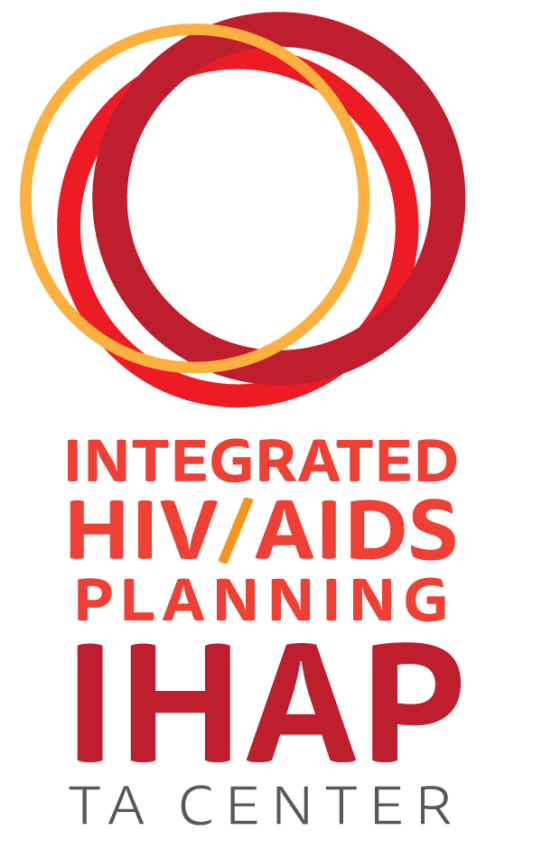Selected Data: Access, Sources, and Systems Sections
The following four sections are examples of strong Data: Access, Sources, and Systems sections developed by jurisdictions. Each document contains a cover sheet with the jurisdiction information and why the section was identified as exemplary.
Selection Criteria
Exemplary Data: Access, Sources, and Systems sections met the following criteria (based on the Integrated HIV Prevention and Care Plan Guidance):
Description of the ways data was used to develop needs assessment and HIV Care Continuum, including:
- Use of RSR data
- Use of Surveillance data
- Use of Qualitative data
Description of data policies that acted as barriers to data access
Description of data that jurisdictions were unable to access but that would been helpful to access as a way to develop stronger epidemiologic profile and HIV Care Continuum.
Plans with particularly strong aspects—such as excellent visuals or a section description that went into more detail than the CDC/HRSA guidance outlined—were chosen to be featured.
Please note that those featured do not include all data: access, sources, and systems sections of Integrated HIV Prevention and Care Plans that are exemplary.
